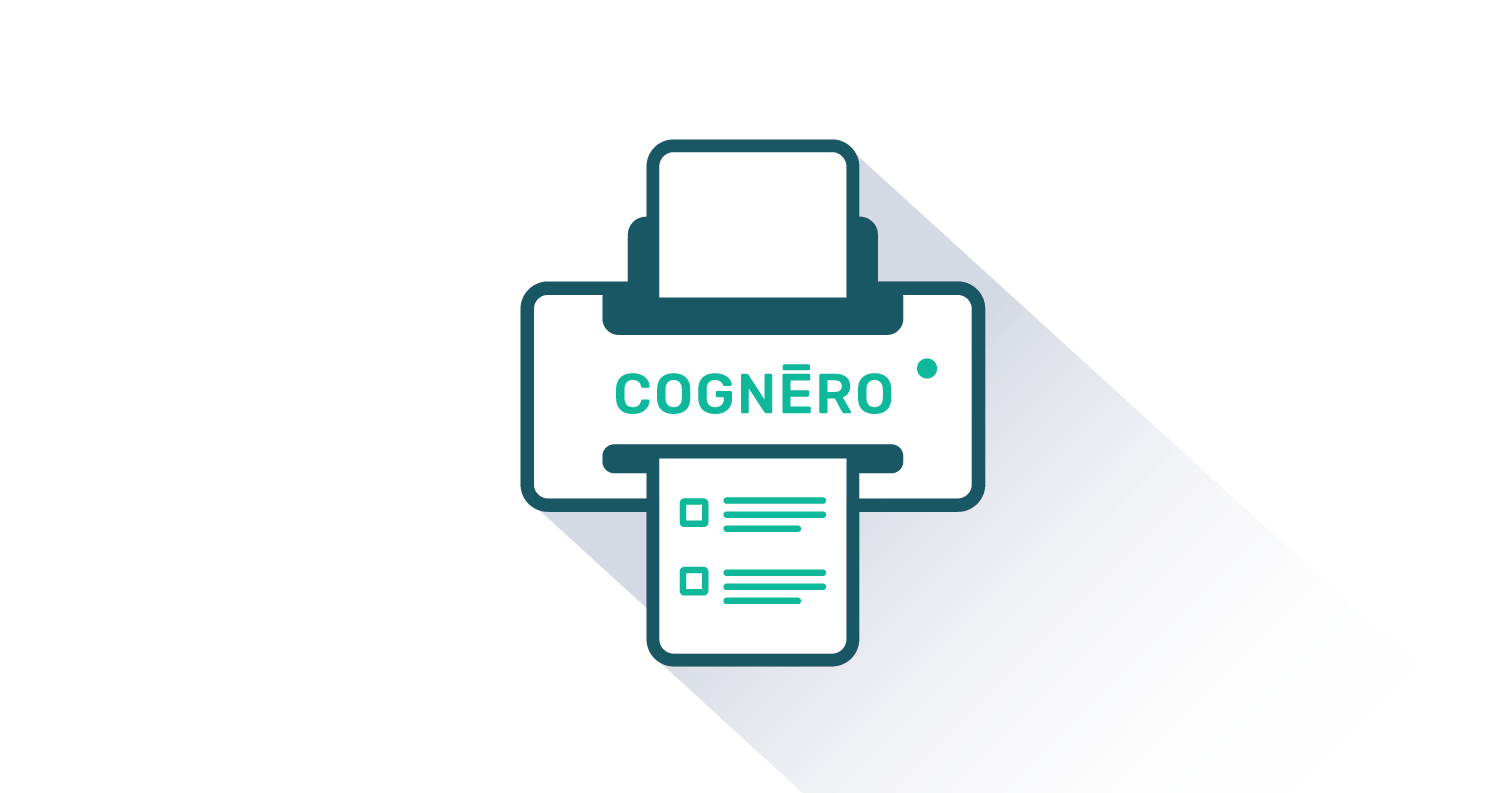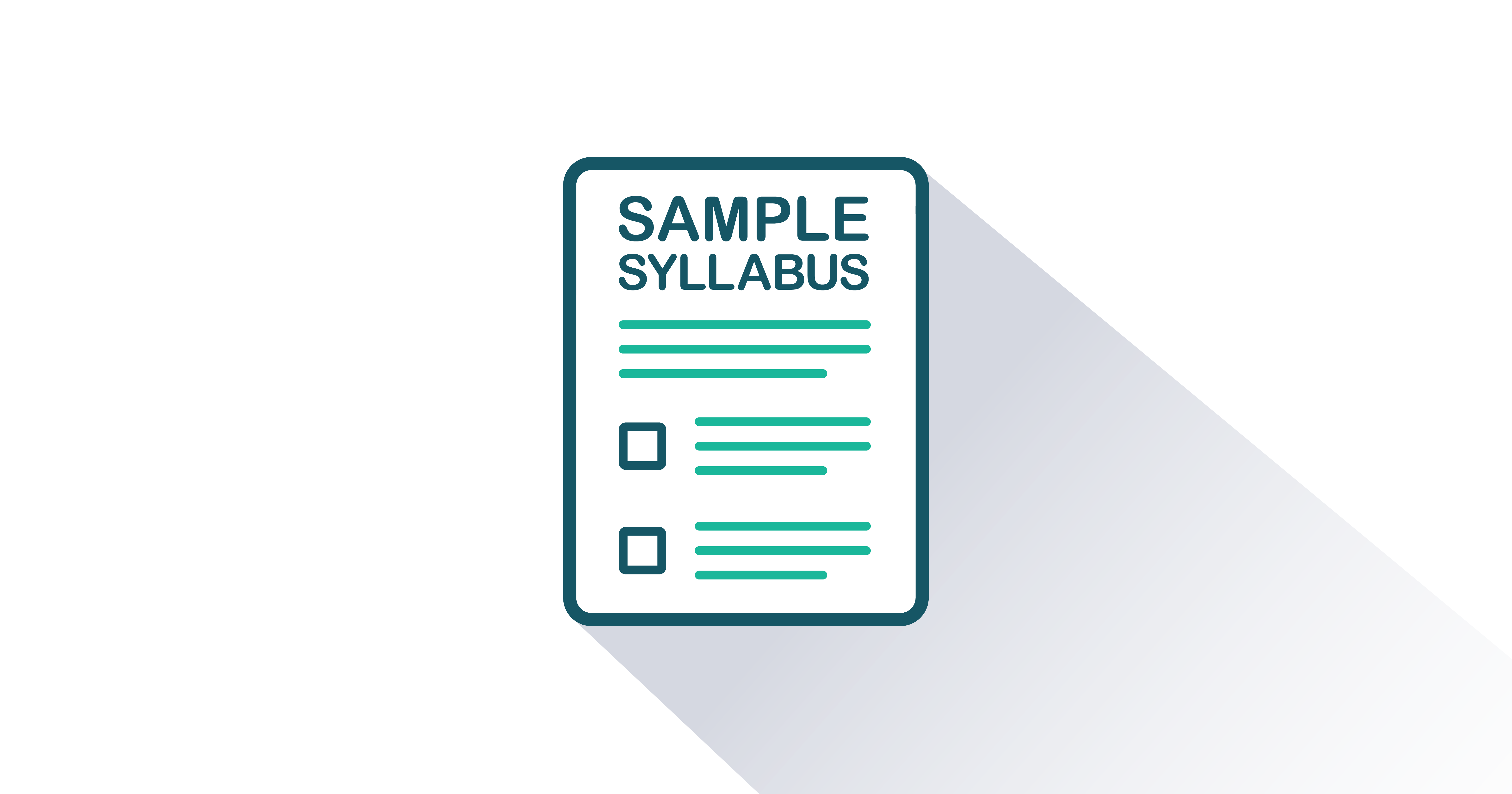Principles of Social Psychology



Version 3.0
By Charles Stangor and Sue Frantz
Included Supplements
Key Features
- Connects the principles of social psychology to everyday experiences and behavior
- Strong integration of diversity by including often-overlooked historical figures who are people of color; consistently diverse photo selections; the experiences of people of color; people of different cultures; people who define themselves as nonbinary; and people with disabilities
- Emphasizes that social psychological principles are universal, even when there are cultural differences that can affect how the principles play out in reality
- Explores how social psychological principles can be used to address serious social justice issues and as tools to make the world a better place
- Excellent coverage of social learning and cognition, social affect, and self
- Embedded hyperlinks to streaming videos enrich online courses, engage students, and reinforce or augment many of the presented topics
- Appeals to a wide variety of students by weaving applications from many disciplines throughout, such as business and consumer behavior, politics and government, health and behavior, and law
- Integrates applications rather than describing them in separate modules or appendices
- Rich learning structure
- Chapter Openers showcase an engaging, real-world example often accompanied by a video, to set the stage for key topics covered in the subsequent chapter
- “Learning Objectives” preview each main head section and help focus the reader’s attention
- Interactive self-assessments engage students’ interest and build self-awareness
- “Research Focus” provides detailed information about a study or research program through a mix of classic and contemporary research, highlighting both what’s interesting and what’s pedagogical
- “Social Psychology in the Public Interest” describes and reinforces how social psychology principles can be used for prosocial purposes
- Key Terms feature pop-up definitions when read online, or as a marginal glossary when printed
- “Key Takeaways” at the end of every main head section encourage retention by prompting the reader to chunk new information while it is fresh
- “Exercises and Critical Thinking” can be used to stimulate discussion and help students apply the chapter section content to real-world situations and their own lives. Answer guidelines are included in the instructor’s manual
- New “Applying Social Psychology” sections at the end of every chapter prompt students to use the principles of social psychology to think about contemporary issues
- “Chapter Summary” helps students understand the “big picture” significance of the preceding chapter
- Fully customizable
Students
- Online Access Price
- $33.95
- Color Printed Textbook with Online Access Price
- $60.95
Principles of Social Psychology is suitable for courses called Social Psychology, Introduction to Social Psychology, Principles of Social Psychology, Social Behavior or similar titles offered in psychology departments. This course is generally taught at the undergraduate level at most two- and four-year colleges and universities.
Principles of Social Psychology is a comprehensive survey of the field that features a balanced mix of classic and contemporary studies. This new version welcomes a co-author, Sue Frantz, who has worked with a diversity of students over the years. Based on these rich experiences, Sue contributes many fresh, classroom-based insights to enliven the text and bring it fully up to date. By leveraging recent events, cultural factors, and applications from across a broad spectrum of disciplines, this book immediately appeals to students from a diversity of backgrounds, life goals, and career plans. Its strong emphasis on using the principles of social psychology to address serious social justice issues encourages students to engage with the subject. As a result, students learn how to use psychological knowledge as a tool to make the world a better place.
New in This Version
Overall
- The narrative now employs “we,” “us,” or “our” pronouns, which many students find more inviting and engaging
- New “Applying Social Psychology” section at the end of every chapter
- References reflect classic, replicated studies while ensuring all other citations are current
- In-Text citations are collected in footnotes rather than embedded to enhance ease of reading
- Practice quiz questions are now embedded in the online reader so they can be autograded
By Chapter
Chapter 1 Welcome to Social Psychology
- New collectivism/individualism world map
- New observational research study on mask-wearing during the early stages of the COVID-19 pandemic
- “Common-causal variables” are renamed as “third variables”
- Expanded discussion and a research example for deception in social psychology experiments
Chapter 2 The Social World: Learning and Cognition
- New chapter opener: “What Is Your Medical Doctor Schema?”
- Chapter opener introduces the idea of cognitive misers
Section 2.1
- The term “classical conditioning” replaces “associational learning”
- “Clock-time culture” and “event-time culture” introduce schemas as social knowledge
- New “Research Focus” feature on attitudes toward child vaccination as an illustration of confirmation bias
Section 2.2
- New “Research Focus” feature on lying as a cognitively intense activity
- Added firearms deaths as an example of the availability heuristic (with helpline information)
- “False consensus effect” replaces “false consensus bias”
- “Anchoring bias” replaces “anchoring” and “adjustment” and includes additional examples
- Added “planning fallacy”
- New Section 2.3. “Applying Social Psychology: Social Learning and Social Cognition on the Job”
Chapter 3 Social Affect
- New chapter opener: “Fear and Anxiety Influence Our Decision to Purchase Insurance”
Section 3.1
- Expanded discussion of cultural differences in emotional responses
- Added research on the association between weather and mood
- Added “affect heuristic”
Section 3.2
- Added section on social sources of stress: social relationships (including widowhood and intimate partner violence), bullying, and minority stress
- Added section on social coping strategies
Section 3.3
- Revamped as reflected in the new section title “Happiness in Our Social Lives”
- Added the PERMA model of subjective well-being
- Added section on the social sources of happiness and subjective well-being, including social relations
- New Section 3.4. “Applying Social Psychology: Emotion Regulation in a Social Context”
Chapter 4 The Self
- New chapter opener: “What Makes Us Human?”
Section 4.1
- Added discussions of self-concept clarity, the spotlight effect, and the illusion of transparency
Section 4.2
- New table reflecting eight self-presentation strategies
Section 4.3
- Added discussions of intersectional and “cutting off the reflected failure” (CORFing)
New Section 4.4. “Applying Social Psychology: The Self and Social Media”
Chapter 5 Attitudes, Behavior, and Persuasion
- New chapter opener: “The Culture of Choice”
Section 5.1
- New video on the theory of planned behavior in the context of marketing
Section 5.2
- Added will.i.am's “Yes We Can” video to illustrate how public attention can be used for persuasive purposes
- Added “Love Has No Labels” public service announcement to illustrate how ads can influence our attitudes
- Coverage of persuasion has been reframed in terms of the central and peripheral routes
- The peripheral route includes discussion of reciprocity, liking, social proof, authority, scarcity, commitment
- “Resisting persuasion” replaces "preventing persuasion"
- New discussion and related video of a study that found inoculation decreased resistance to misinformation
New Section 5.4 “Applying Social Psychology: Purchasing a New Phone”
Chapter 6 Social Perception
- New chapter opener: Sportsmanship hinges on the attributions we make
Section 6.1
- New point-light displays video
Section 6.2
- New coverage of correspondence bias, controllability as a type of attribution, self-handicapping
- Expanded coverage of attribution theory to include the global/specific dimension
- New sub-section titled "Attributional Biases" that includes a new diagram illustrating the differences among biases
- “Self-serving bias" and "self-critical bias” replace "self-serving attributions"
Section 6.3
- Added “implicit self-theory”
- “Entity (fixed mindset) theorists” replaces "entity theorists"
- “Incremental (growth mindset) theorists" replaces "incremental theorists"
- New Section 6.4 “Applying Social Psychology: Impostor Phenomenon”
Chapter 7 Conformity, Obedience, and Leadership
- New chapter opener: “The Power of Social Influence”
Section 7.1
- “Information social influence” replaces "Informational conformity"
- “Normative social influence" replaces “normative social influence conformity”
- Added new section on individual differences
Section 7.2
- Revised discussion of Stanford Prison Study as an illustration of research demand characteristics
- Revised section on leadership to reflect new research
- New Section 7.4 “Applying Social Psychology to Conformity and Obedience During the Pandemic”
Chapter 8 Relationships
- New chapter opener: “Becoming Sisters”
Section 8.1
- Section is now titled "Initial Attraction" to better reflect its approach
- Subsection "Physical Attraction" replaces “Physical Appearance” to better reflect its approach
- New coverage of baby-face overgeneralization and cultural differences in perceived attractiveness
Section 8.2
- New discussions of consensual non-monogamy, ghosting, and constructive and destructive communication
Section 8.3
- New section on intimate partner violence
New Section 8.4: “Applying Social Psychology: The First Date”
Chapter 9 Helping
- New chapter opener: “Truck Drivers Who Helped Others”
Section 9.1
- “Prosocial behavior” replaces “altruism”
- New graphic describes the amount of DNA we share with our genetic relatives
- New coverage of how we are more likely to help those who are similar to ourselves
- “Reciprocal helping” replaces “reciprocal altruism”
- Added video made for children that shows people behaving prosocially
Section 9.2
- Removed reference to Kitty Genovese
- “Knowing how to help" replaces “implementing action” and includes information on to better prepare ourselves to help in an emergency
Section 9.4 This section is renamed and refocused to be "The Role of Personality and Attributions”
Section 9.5
- New “Research Focus” feature on a longitudinal study of prosocial behavior
New Section 9.6 “Applying Social Psychology: Helping”
Chapter 10 Aggression
- New chapter opener: “The World's Most Dangerous Cities”
Section 10.1
- Reorganized to focus on goal direction, modality, and immediacy
- New coverage of cyberbullying
Section 10.2
- Expanded discussion of sociobiology, hormones, and genetics and epigenetics
Section 10.4
- Added discussions of trait aggressiveness, trait irritability, trait anger, and trait hostility
- New coverage of rumination, hostile attributional style, and narcissistic personality
- Expanded discussion of gender and aggression
- Revamped “Research Focus” feature on the culture of honor
New Section 10.5 “Applying Social Psychology: Preventing Violence”
Chapter 11 Group Performance and Decision Making
- New chapter opener: “Group Decisions with Disastrous Consequences”
Section 11.1
- Expanded discussion of group development
Section 11.3
- New discussion of strategies to reduce the likelihood of groupthink
New Section 11.4 “Applying Social Psychology: Forming a Group”
Chapter 12 Stereotypes, Prejudice, and Discrimination
- New chapter opener: “Discrimination in U.S. Healthcare”
Section 12.1
- New video illustrates how the categories we use to divide people can be altered
- Revised “Social Psychology in the Public Interest” feature now includes “stereotype lift”
Section 12.2
- Expanded discussion of the ultimate attribution error
Section 12.3
- Renamed to be "Reducing Discrimination" to better reflect its approach
- Updated research findings include differential treatment of people based on their group categorization and using social norms to reduce prejudicial attitudes and discriminatory behavior
- New “Robber's Cave” video
- New coverage of a field study that illustrates the power of recategorization
New Section 12.4 “Applying Social Psychology: Hate Crimes”
Chapter 13 Competition and Cooperation
- New chapter opener: “Climate Change”
Section 13.1
- New example of social fairness: the installation of a new wind turbine farm in Denmark
Section 13.2
- “Tragedy of the Commons” replaces “The Harvesting Dilemma”
- “Public Goods Dilemma” replaces “Contribution Dilemma”
Section 13.3
- “Tit-for-Tat Strategy” is folded into the privatization subsection
New Section 13.4 “Applying Social Psychology: Climate Change, COVID-19, Misinformation”
- About the Authors
- Acknowledgments
- Preface
-
Chapter 1: Welcome to Social Psychology
-
Chapter 2: The Social World: Learning and Cognition
-
Chapter 3: Social Affect
-
Chapter 4: The Self
-
Chapter 5: Attitudes, Behavior, and Persuasion
-
Chapter 6: Social Perception
-
Chapter 7: Conformity, Obedience, and Leadership
-
Chapter 8: Relationships
-
Chapter 9: Helping
-
Chapter 10: Aggression
-
Chapter 11: Group Performance and Decision Making
-
Chapter 12: Stereotypes, Prejudice, and Discrimination
-
Chapter 13: Competition and Cooperation in Our Social Worlds

FlatWorld Homework
FlatWorld Homework includes multi-format questions written specifically for your FlatWorld book, which you can access through our stand-alone interface or integrate with your learning management system.

Instructor’s Manual
The Instructor’s Manual guides you through the main concepts of each chapter and important elements such as learning objectives, key terms, and key takeaways. Can include answers to chapter exercises, group activity suggestions, and discussion questions.

PowerPoint Lecture Notes
A PowerPoint presentation highlighting key learning objectives and the main concepts for each chapter are available for you to use in your classroom. You can either cut and paste sections or use the presentation as a whole.

Test Generator - powered by Cognero
FlatWorld has partnered with Cognero, a leading online assessment system, that allows you to create printable tests from FlatWorld provided content.

Test Bank Files for Import to Learning Management Systems
For your convenience, we've packaged our test items for easy import into Learning Management Systems like Blackboard, Brightspace/D2L, Canvas, Moodle, or Respondus.

Test Item File
Need assistance in supplementing your quizzes and tests? Our test-item files (in Word format) contain many multiple-choice, fill-in-the-blank, and short-answer questions.

Sample Syllabi
Sample syllabi provide useful templates to help new faculty adopters revise their teaching plans to match their assigned FlatWorld textbook or lend insights to existing adopters on how to organize their classes.
DownloadAt FlatWorld, we take pride in providing a range of high-quality supplements alongside our titles, to help instructors teach effectively. Supplements are available for instructors who have registered their adoption with us. If you need to review or preview something specific, please contact us.
Already registered? Sign in here.
